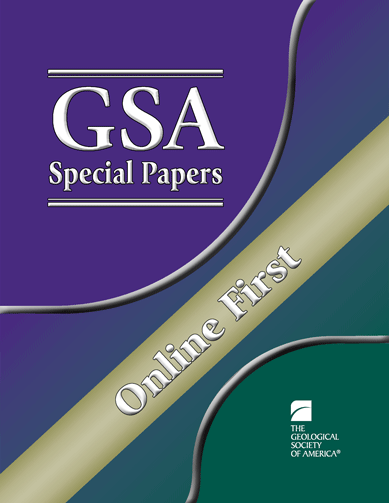
In geology, the Middle Devonian Period occurred from around 393 to 382 million years ago. Many fossil-rich rocks from that period are present around Central New York. Cathryn Newton, Dean Emerita of the College of Arts and Sciences and professor of earth and environmental sciences, and Willis Newman and James Brower, former professors of earth and environmental sciences in A&S (both deceased), examined the structure and ecological persistence of invertebrate animals within the Hamilton Group, a Middle Devonian bedrock found in New York, Pennsylvania, Maryland, Ohio and West Virginia.
In the past, researchers have argued that animal life present in the Hamilton Group changed little during a five-million-year span in the Middle Devonian Period. Newton and her colleagues tested that hypothesis, and their results were published in “Geological Society of America Special Paper 545.”
In their paper, “Quantitative paleoecology of marine faunas in the lower Hamilton Group (Middle Devonian, central New York): Significance for probing models of long-term community stability,” the team concluded that faunas in older Hamilton Group bedrock did not have clear counterparts to fauna in younger bedrock, showing that the model proposed by previous researchers to explain the stability of Hamilton faunas is not supported by quantitative tests summarized in their paper.
